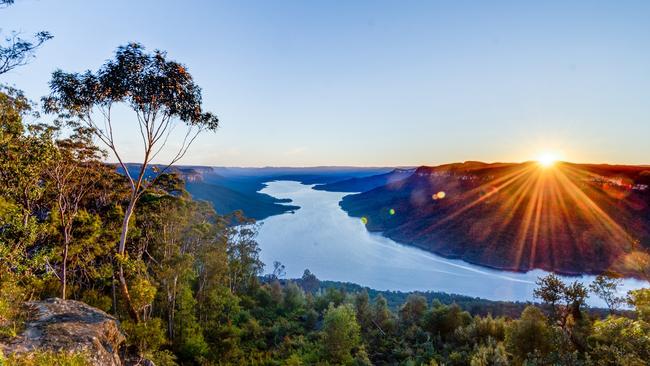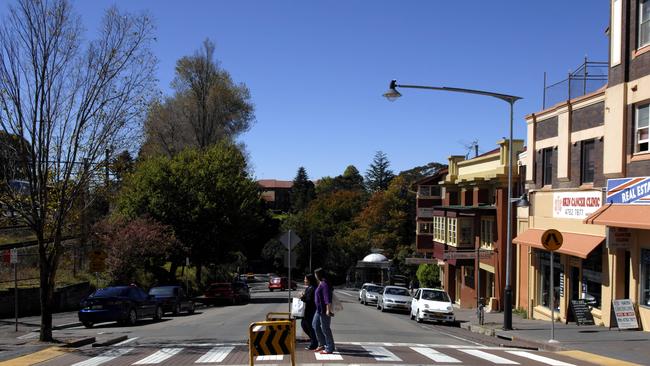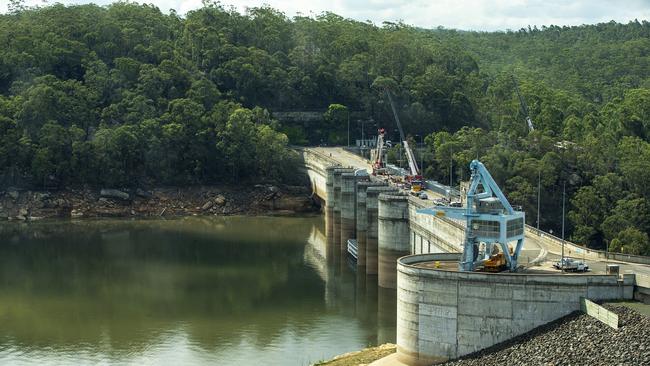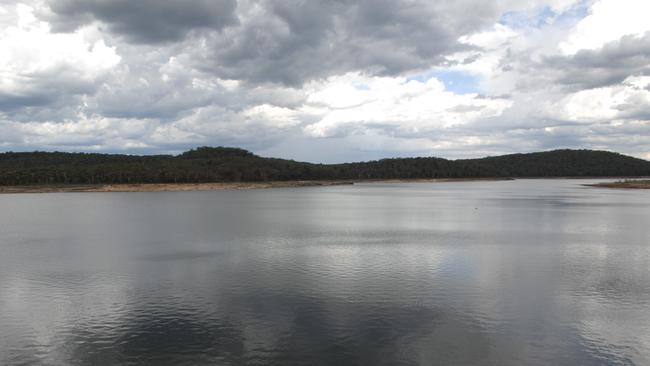NSW EPA uncovers cyanide, ammonia in Sydney drinking water
Our drinking water could be polluted by deadly chemicals, crude oils and even asbestos, as a NSW Government agency identifies horrific contamination sites across the state. SEE OUR INTERACTIVE REPORT HERE.
The Blue Mountains News
Don't miss out on the headlines from The Blue Mountains News. Followed categories will be added to My News.
- The state’s Paramedic bashing hot spots revealed
- Revealed: Shock police assault figures in your suburb
Toxic chemicals including Cyanide and Ammonia have been discovered in several groundwater sites linked to the state’s water catchments, sparking urgent calls to protect vital drinking water supplies.
A State Government agency has uncovered a series of sites believed to be polluting or potentially contaminating the state’s water supply stretching through the Blue Mountains, Southern Highlands and south coast, with renewed calls to improve infrastructure.

WaterNSW’s newly released Sydney Drinking Water Audit revealed 11 known sites of contamination in the city’s catchment, including former gasworks sites; shale oil refineries and waste oil storage.
It also identified 79 premises with Environment Protection Licences for sewage treatment, metal waste, cement production and coal works which could result in “potential contamination”.
Specific, serious concerns were raised around the “high numbers of site of pollution and contamination in the Wingecarribee River and Upper Coxs River”, which feed into Sydney’s main drinking water supply at Warragamba Dam.
In the Blue Mountains, WaterNSW raised concerns around the discovery of Cyanide, industrial solvent thrichloroethene, petrol and heavy metals including copper, lead, zinc, cadmium, chromium and nickel at the former Australian Defence Industry small munitions site at the Lithgow Thales, asbestos, coal ash and “scheduled medicines” in the soil at Bodington Hospital in Wentworth Falls by the NSW Environmental Protection Authority in 2003, liquid tar, petrol and “open tar pits” at a former Shale Oil Refinery in Hartley Vale and coal tar and crude oil chemicals at the Katoomba Leura Gasworks site in Megalong St, Katoomba.
The state’s Southern Highlands witnessed several alarming incidents including the discovery of the carcinogen benzene, petrol and chemicals toluene, ethylbenzene and xylene, as well as coal tar and crude oil found in groundwater connected to the Wingecarribee River from the Former Bowral Gasworks site.

Heavy metals, crude oil chemicals, petrol, benzene, toluene, ethyl benzene, xylene, and phenolic compounds were discovered were also discovered in Joadja Shale Oil Refinery. While the owner of two residential blocks of land was hit with several enforcement notices after petrol and crude oil chemicals, which could cause “significant risk of harm”, were discovered in Alfred St, Mittagong and the NSW EPA continues to hold ongoing concerns with the Moss Vale Waste Disposal Depot — which has long been used for the disposal of asbestos in the region.
In the state’s south, WaterNSW raised concerns over the discovery of waste oil contaminated the soil in Mayfield Rd, Larbert, after it was being stored in a pond in the ground, while another river feeding into the Hawkesbury-Nepean Catchment is also believed to be contaminated by two pollution at a former gasworks and Mobil Service Station.
Deadly contaminants were found in the soil and groundwater at the Goulburn Gasworks site, including Total Petroleum Hydrocarbons including benzene, phenol, as well as Polycyclic Aromatic Hydrocarbons including benzo (a) pyrene, heavy metals such as cadmium and copper, cyanide and ammonia in groundwater at the site.

Meanwhile, concerns are still being raised around a remediated Mobil Service site at 129 Lagoon St, Goulburn, after groundwater was discovered to contain “petroleum hydrocarbon contamination at concentrations exceeding relevant guideline values”, phase-separated hydrocarbons, benzene, Toluene, Ethylbenzene and Xylene.
In the report, a WaterNSW officer said population booms in the Wingecarribee Local Government Area could result in “increased pollution as sewerage infrastructure nears capacity”, with the council progressively upgrading treatment plans across the region.

The representative also raised concerns around three transformer oil spill incidents on land managed by third party mining companies within the Cataract, Avon and Cordeaux Special Environmental Areas in the Illawarra region — forcing the halt of water supply in 2017.
WaterNSW called for “strategic investigations” into the environmental impacts pollution has on the two catchments and called for an assessment of pollutant sources, as well as the effectiveness of current control measures to reduce contamination.
“WaterNSW … should continue to work with local councils to improve stormwater management practices,” the officer said.
The EPA and NSW Water have been contacted for comment.
CONCERNING POLLUTION SITES
Bodington Hospital, Bodington Road, Wentworth Falls
Former Shale Oil Refinery, 52 Hartley Vale ROAD, HARTLEY VALE
Lithgow Thales, 4 Martini Pde, Lithgow
Former Katoomba Leura Gasworks, Megalong St, Katoomba
Former Gasworks, Merrigang St, Bowral
Former Shale Oil Refinery, Joadja Rd, Joadja
Alfred St, Mittagong
Moss Vale North Depot, Bowman and Berrima Rd, Moss Vale
Waste Oil Storage, Mayfield Rd, Larbert
129 Lagoon St, Goulburn
1 Blackshaw Rd, Goulburn

